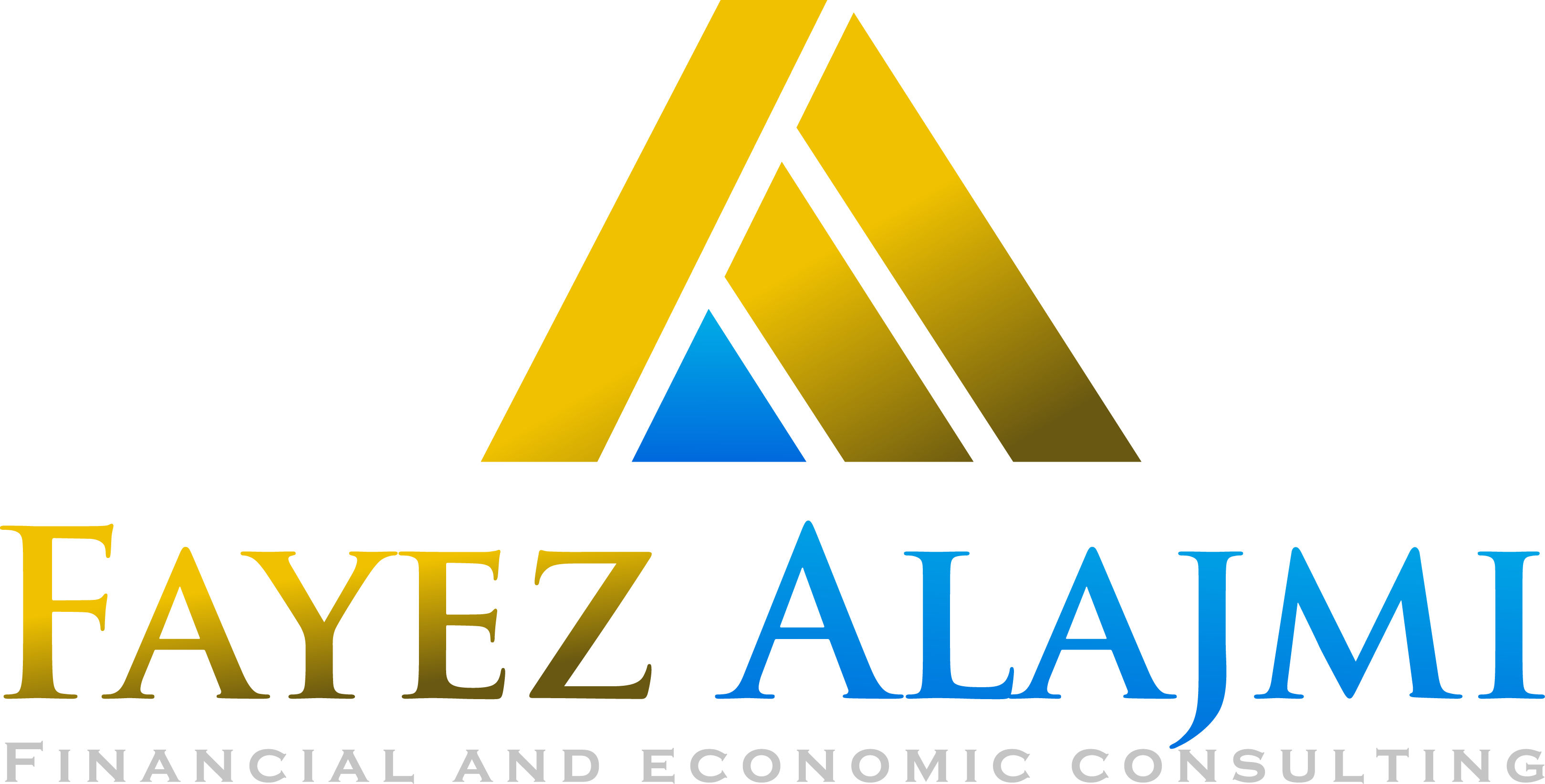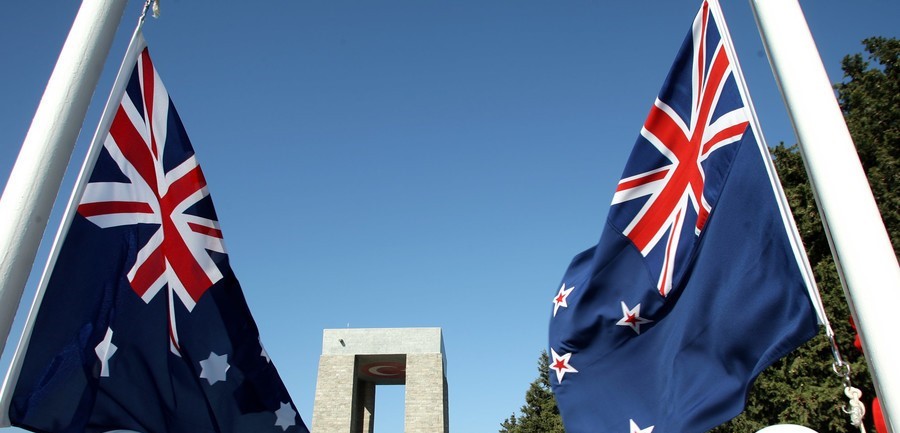The figures issued in the Asian session today, Wednesday, from the Australian Institute of Statistics (ABS) showed that the consumer price index, which measures inflation in Australia, increased by 8.4% on an annual basis in the twelve months to December of last year, compared to 7.3% in November, exceeding expectations that indicated an increase to 7.6%.
On the other hand, the quarterly index rose to 1.9% in the fourth quarter of last year. In the details, prices in the housing index increased by 10.1% on an annual basis, while the prices of food and non-alcoholic beverages increased by about 9.5%, and the entertainment and culture sector rose by about 14.4%.
Market expectations rose after these figures for inflation, which are considered to be at their highest levels in 33 years, from market expectations that the Reserve Bank of Australia will continue to raise interest rates at its next meeting on the seventh of February.
The Australian dollar is at its highest level since August of last year, when it traded at 0.7107 levels against the US dollar, an increase of about 50 points.
New Zealand
On the other hand, Statistics New Zealand announced early this morning that annual inflation in New Zealand rose by 7.2% in December, unchanged from November, compared to expectations that it would rise to 7.1%, while the Central Bank’s expectations were that inflation would reach 7.5% in December.
On the other hand, prices rose by 1.4% on a quarterly basis in the fourth quarter of last year, from 2.2%.
The markets lowered their expectations for the Bank’s meeting in February, as they now expect the Bank to raise interest rates by 5 basis points at its meeting in February, compared to 75 basis points before inflation figures.
The New Zealand dollar is trading at 0.6479 levels against the US dollar, on declines, before the opening of the European markets.

 25 January، 2023
25 January، 2023
 ابحاث السوق
ابحاث السوق
 Views
: 646
Views
: 646
